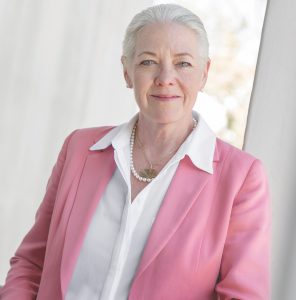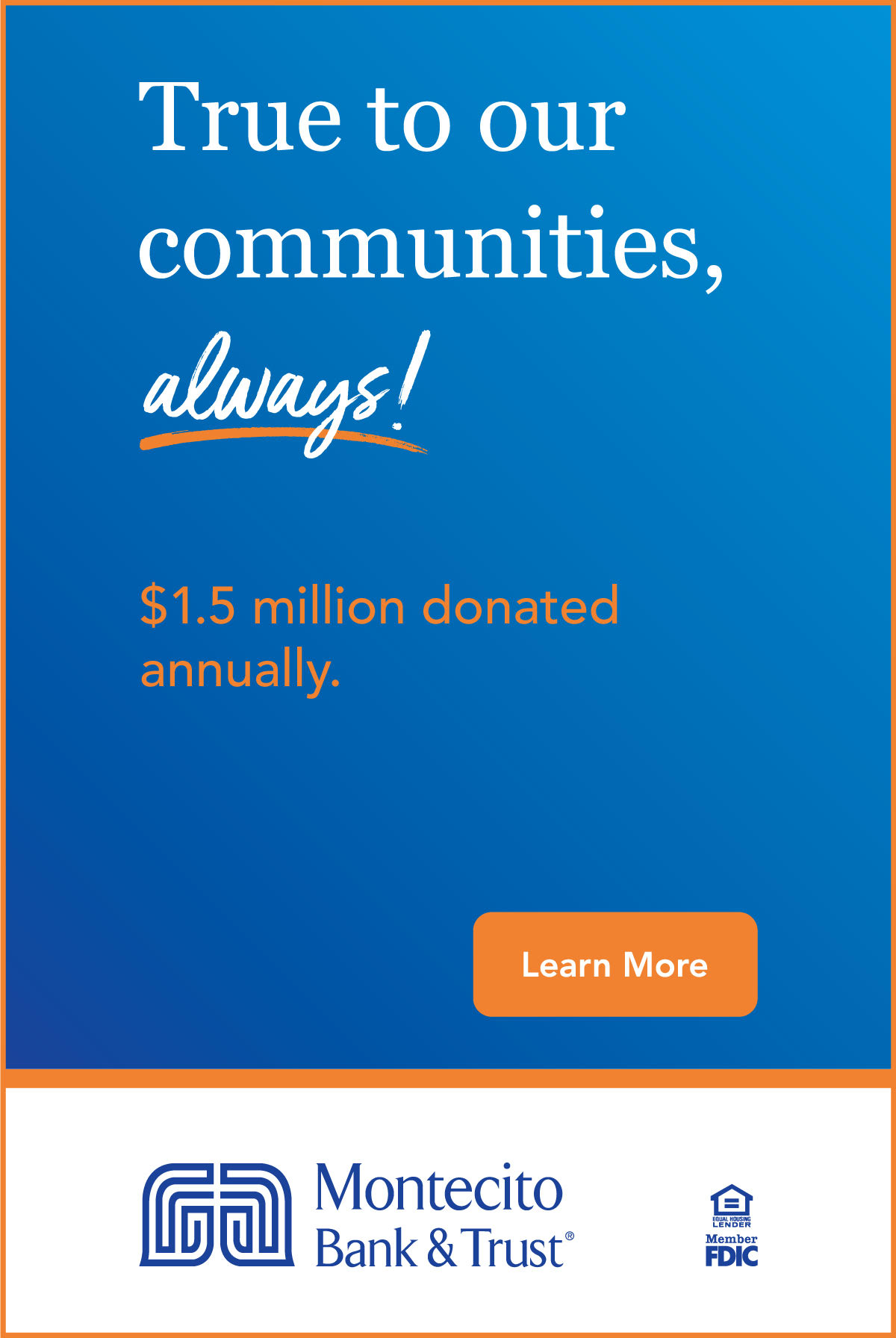Council on Alcoholism and Drug Abuse

The Council on Alcoholism and Drug Abuse, aka CADA, is looking to dive deeper into the ARTS. Lest anyone think the seven-decade old nonprofit is planning on building a theater or promoting a series of rock concerts or dance performances, ARTS is the acronym for CADA’s Adult Residential Treatment Services; a residential treatment facility for men and women providing 24-hour withdrawal management and care and supervision from Certified Alcohol and Drug Counselors and on-call medical providers, as well as treating co-occurring psychological problems.
The center opened just a dozen years ago through a collaboration with the City of Santa Barbara, County Alcohol and Drug Program, and the Housing Authority. CADA’s 12-bed center – in a new four-bedroom facility in downtown Santa Barbara – is licensed by the California Department of Health Care Services. The program’s up to 90 days of inpatient treatment begins with data-driven withdrawal management created by a comprehensive assessment from a medical doctor, CADA’s clinical director, therapists, and treatment staff. A discharge plan is developed at intake and serves as the roadmap for each client’s personal journey to recovery. While in residence at ARTS, clients are introduced to local peer support groups that can provide treatment services once they have completed the program and begin aftercare support of their clean and sober lifestyle.
The problem is that the ARTS facility has been bursting at the seams.
“There’s a huge need in our community for this kind of facility, and we have a long waiting list,” explained Victoria Rightmire, CADA’s Executive Director since this summer. “Often people get sent out of the community if we can’t accommodate them, and we really want to be able to serve the needs of our community within
the community.”
Which is why CADA has begun a capital campaign to raise funds to expand the 12-bed facility into something significantly larger, Rightmire said.
“We’re looking at 30 beds, or as many as 36, to meet the need, which has only increased since the pandemic,” she said. “The campaign is one of our primary focuses right now because having a roof over your head when you’re starting your journey in recovering from addiction is vital.”

CADA has its sights set on an enhanced facility that’s both supportive and comfortable, as well as a healthy space for the residents, one that accommodates on-site medication-assisted treatment and all the other necessary services, Rightmire said.
“We’re actually looking at buying a new facility that would enable us to have lots more space, lots more beds. We would have a large kitchen and a dining room and a nurse’s station and a place where people can really enjoy their early days of recovery in a larger, more spacious kind of healthy recovery environment.”
Upgrading both bed space and treatment with the clients’ success in mind is part of the concept of making this level of recovery available to all.
“The people that come to our facility are on Medi-Cal, ones who definitely could not afford treatment like this elsewhere,” Rightmire said. “That’s what makes us so special and valuable is that we provide treatment for those who are limited in their resources and who are able to come and get clean and sober here in town.
“We’re hoping that the community will rally with us to make this dream come true.”
ARTS is just one program of CADA, which was founded in 1949 as the Santa Barbara Committee on Alcoholism with an enlightened early perspective on alcoholism as an illness and not a “moral failing.” CADA is currently the county’s premier provider of education, prevention and treatment of substance abuse and related mental health conditions affecting youth, adults and families in Santa Barbara County.
CADA operates both adult programs and those serving youth and families, numbering five for each category and spanning Santa Barbara, Lompoc and Santa Maria. CADA’s Project Recovery has been a staple of the community for more than 35 years, providing safe, structured and low-cost outpatient treatment services to adults with alcohol and drug dependence issues. Each client has a primary counselor who develops and monitors his or her treatment plan, provides education on addiction and its medical consequences, helps clients understand relapse triggers, builds communication skills and self-esteem and identifies and addresses co-occurring disorders.
Other programs include the Multiple Offender DUI Program, school-based therapy, and the three Daniel Bryant Youth & Family Centers.
All of CADA’s treatment centers are operated with a commitment to providing a welcoming, warm and soul-nourishing environment.
For details on CADA’s program and how you can support the nonprofit – including the annual Amethyst Ball slated to move to May next year, call (805) 963-1433 or visit www.cadasb.org.
Council on Alcoholism and Drug Abuse CADA
Donate now!www.cadasb.org
Executive Director: Victoria Rightmire
805-722-1301
Mission
CADA is a highly respected, progressive nonprofit agency providing Behavioral Health, Substance Abuse Treatment, and Prevention/Education services to adults, adolescents, children, and their families. CADA’s mission to build a safer and healthier community.
Begin to Build a Relationship
We know you care about where your money goes and how it is used. Connect with this organization’s leadership in order to begin to build this important relationship. Your email will be sent directly to this organization’s director of development and/or Executive Director.
The Mosher Foundation is pleased to support CADA’s efforts to expand the number of residential treatment beds for individuals who are taking the first courageous steps to overcoming an alcohol or drug addiction. We believe this investment in the life saving treatment services that CADA provides is critical right now and will impact the health and wellness of the entire community.
Your Support Can Save the Lives of Those Who Suffer From Addiction
The Council on Alcoholism and Drug Abuse (CADA) is a catalyst for change for those challenged by addiction. But their successful inpatient treatment and recovery services are in high demand and there is a wait to receive their services. No one should have to wait to get well.
Every dollar makes a difference. Here is how you can help:
•Direct Donations: Provide financial support to help CADA fund the purchase and renovation of an expanded facility.
•Fundraising Events: Participate in or host fundraising events to raise awareness and support for CADA’s cause.
•Corporate Sponsorship: Partner with CADA as a corporate sponsor to show your commitment to community health and wellness.
For more information on how to donate, or to learn more about CADA services, please visit their website at www.cadasb.org. Together, a brighter, healthier future for the Santa Barbara community is possible. With your help, CADA can continue to be a beacon of hope for those suffering with addiction.
Board of Directors
Dr. Michael Hullander
Gary Clancy
Dr. Bob Bryant
Gordon Auchincloss, JD
Catherine E. Lauber, CPA
Andria Kahmann
Stacey Borek
John Herzog
Dr. Sherif El-Asyouty
Carol Anne Lonson
Dana Mazzetti
DA John Savrnoch
Michael Tantleff
Terri Maus-Nisich
Kirsten Cavendish Weston Smith
Grant Borek
Diana Lytel
Non-voting Member
Victoria Rightmire, Executive Director


